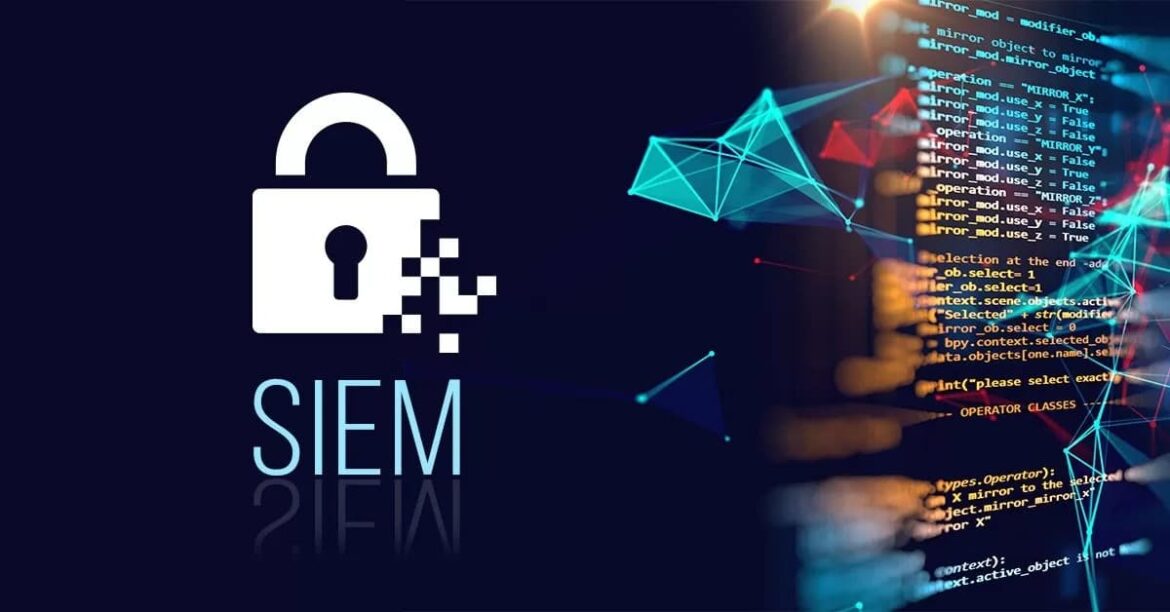Learn how SIEM IT strengthens your security infrastructure and effectively detects threats. This article explains how SIEM systems work, their advantages, and best practices for businesses.
SIEM IT: How it works and the technology behind it
In today’s digital world, it is essential that companies continuously improve their security measures to ward off cyber attacks. One of the most effective methods for detecting threats is to implement a SIEM (Security Information and Event Management) solution. SIEM IT provides a central platform for monitoring and analyzing security data in real time, helping companies identify and respond to potential risks early on.
- SIEM IT collects security data from various sources within a company network, including firewalls, servers, applications, and end devices. This data is consolidated and analyzed in a central system.
- Using modern analysis tools, SIEM IT can detect patterns and anomalies in the collected data that could indicate potential security threats. This enables risks to be identified more quickly.
- Another advantage of SIEM IT is its ability to generate automatic alerts and reports. These help security teams respond to threats in a timely manner and take appropriate action to prevent damage.
- SIEM IT systems also offer security policy management and regulatory compliance features. This ensures that companies are not only protected, but also comply with the legal framework.
The advantages of SIEM IT: Greater security and efficiency
The introduction of a SIEM solution brings numerous advantages for companies that go beyond mere threat detection. These systems not only provide a better overview of the security situation across the entire network, but also help optimize security processes and strategies.
- One of the biggest advantages of SIEM IT is improved visibility and transparency within the network. Security managers gain a comprehensive overview of all activities and can therefore respond more quickly to irregularities.
- SIEM IT helps security teams work more efficiently by automating time-consuming processes. This allows employees to focus on critical tasks instead of routine work.
- SIEM IT makes it easier for companies to demonstrate compliance with regulations. The solutions provide detailed reports and documentation that are invaluable during audits and inspections.
- In addition, SIEM IT helps to reduce response times to security incidents. Immediate alerts and the provision of relevant information enable teams to act faster and minimize damage.
Successful SIEM IT implementation: step-by-step guide
Implementing a SIEM solution requires strategic planning and consideration. Companies must ensure that they select the right system and integrate it optimally into their existing IT infrastructure in order to leverage its full capabilities.
- First, a thorough needs analysis should be conducted to define the specific requirements and objectives of the company. This helps in selecting the right SIEM solution that meets individual needs.
- It is important to involve all relevant stakeholders in the implementation process, including IT and security teams as well as senior management. This promotes a common understanding and commitment to the new system.
- Once the appropriate SIEM system has been selected, it must be carefully configured and tested. All important security sources should be integrated to ensure comprehensive data collection.
- After implementation, it is crucial to provide regular training and education for security personnel. This ensures that the team is always up to date on the latest features and best practices.
SIEM IT best practices: Tips for maximum security
To realize the full potential of SIEM IT and reap the long-term benefits, companies should follow a few best practices. These not only help optimize the system, but also strengthen the overall security strategy.
- One of the most important best practices is to continuously monitor and adjust SIEM rules and policies. This ensures that the system remains up to date and adaptable to new threats.
- Companies should regularly conduct security assessments and penetration tests to identify vulnerabilities in the system and make necessary improvements.
- It is advisable to consider partnerships with external security providers who can offer additional expertise and support. These experts will help to further increase the effectiveness of the SIEM system.
- Finally, the focus should be on developing a comprehensive security culture within the company. By making all employees aware of security issues, the risk of human error can be reduced and the overall security situation improved.

